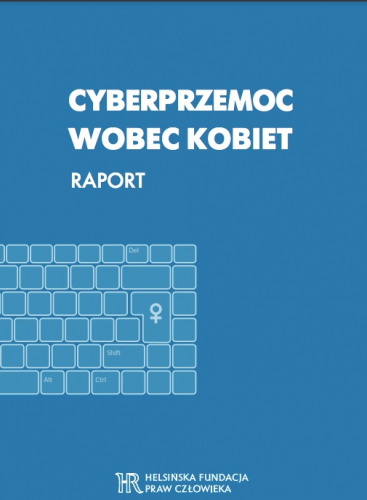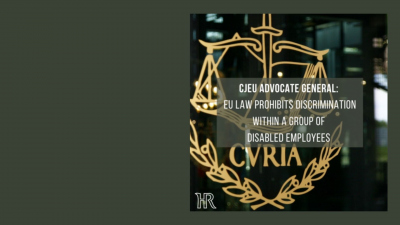Cyberviolence against women - what women face on the internet
Hostile behaviour towards women who are active online is a common phenomenon. Although cyber-violence may be experienced by everyone, regardless of sex, the latest study performed by the HFHR has shown that cyber-violence directed against women most frequently targets their appearance, sex, private or intimate life or is sexism-related. Online attacks against women include attempts to undermine women’s professional skills or intellectual abilities and result in victims experiencing a sense of insecurity, hopelessness and frustration.
Cyber-violence examined
The 2017 HFHR study was based on personal interviews with 18 women actively contributing to the online community: politicians, social activists, journalists, bloggers and artists. The majority of interviewees admitted facing personal attacks nearly on a daily basis, which causes a range of negative consequences affecting their private and professional lives.
“The nature and scale of these attacks beg the conclusion that cyber-violence is a form of violence against women – the purpose of this kind of violence is not to oppose the arguments made by women active in the public sphere, but to silence them once and for all”, explains Zuzanna Warso, an attorney and co-author of the study report.
Almost in all cases, cyber-violence causes feelings of helplessness, frustration and depression. It often shatters women’s sense of security, also in ways not immediately apparent. Sometimes, cyber-victimised women subtly change their everyday routines, such as remaining more alert on their way back home or abandoning certain activities. “Professionally, such women often apply self-censorship or limit their online activity over a certain period or in respect of specific content. In some cases, the experience of cyber-violence triggers a complete change of a line of work”, Ms Warso adds.
Counteracting cyber-violence
Although there is an array of legal measures for tackling cyber-violence, the struggle with this problem has brought no satisfactory outcome, which is evidenced by how commonplace the phenomenon is. One of the key hurdles to overcome is the anonymity of perpetrators. However, difficulties with identifying perpetrators are not the only reason for the low effectiveness of legal activities in this area. The study shows that problems are also a consequence of insufficient knowledge or experience of law enforcement authorities as well as police officers’ tendency to understate the problem and to consider cyber-violence as something normal.
“The myopic and downplaying attitude towards aggressive behaviour online adopted by some police officers may only be dealt with by improving awareness and policing practices. We need to widely disseminate the knowledge and belief that cyber-violence against women is an important social problem that leads to many negative consequences. Only by doing that we can make sure that this phenomenon can be effectively addressed by way of employing legal measures”, Joanna Smętek, a co-author of the report, says.
Victims of online violence can use internal procedures established by providers of online services such as Facebook or Twitter. According to the standards followed by online communities, any content that includes cyber-violence should be deleted. In practice, also this path may lead the victims nowhere.
Finally, various “soft” actions play a crucial role. “A person targeted by online attacks can’t feel abandoned or left on their own with their own defence. A key factor is to obtain support from others and the community as this enables a victim to distance themselves from attacks and limit the attack’s impact on the victim’s everyday life”, Ms Smętek adds.



